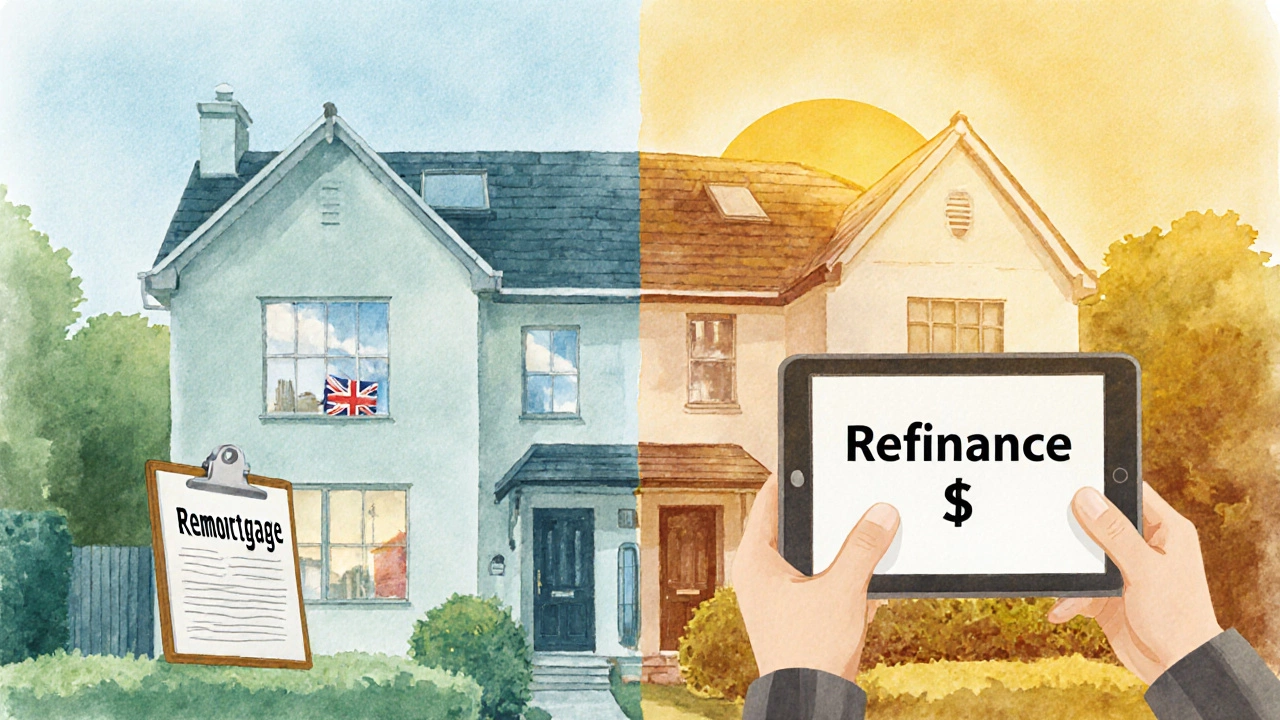Loan Restructuring: What It Is, When It Helps, and How It Works
When you're struggling to keep up with payments, loan restructuring, a formal process to change the terms of an existing loan to make payments more manageable. Also known as loan modification, it’s not a magic fix—but it can be the difference between staying in your home and losing it. This isn’t about taking out a new loan. It’s about working with your lender to adjust what you already owe—whether that means lowering your monthly payment, extending the term, or reducing the interest rate.
People often confuse loan restructuring, a formal process to change the terms of an existing loan to make payments more manageable. Also known as loan modification, it’s not a magic fix—but it can be the difference between staying in your home and losing it. with debt consolidation, combining multiple debts into a single loan, often with a lower rate. Also known as refinancing, it’s useful when you have several high-interest accounts. Restructuring keeps the original loan but changes its conditions. Consolidation replaces it. Both can help your credit score, a three-digit number that measures your creditworthiness based on payment history, debt levels, and other factors. Also known as FICO score, it affects everything from loan approvals to insurance rates, but restructuring usually causes less damage upfront because you’re not applying for new credit.
Most people turn to loan restructuring after missing payments or seeing their debt grow faster than their income. It’s common with mortgages, car loans, and personal loans. Banks don’t offer it unless they believe you’ll actually pay. They’ll look at your income, expenses, and why you fell behind. If you lost your job, had medical bills, or faced a divorce, they’re more likely to help. But if you just overspent, they’ll push back. The key is showing you’ve got a plan—not just a problem.
Some lenders will lower your interest rate. Others will stretch your loan from 5 years to 10, cutting your monthly payment in half. A few might even forgive part of the balance—but that’s rare. You’ll usually have to sign paperwork, prove your income, and sometimes pay a fee. And yes, it shows up on your credit report. But compared to defaulting or going to collections? It’s a win.
What you’ll find below are real examples of how people used loan restructuring to get back on track. Some fixed their mortgage after a layoff. Others lowered their car payments after their hours got cut. A few even turned a $1,200 monthly payment into $600—without losing their home or their car. These aren’t theoretical guides. These are stories from people who were in your shoes and found a way out.

Learn the key differences between a remortgage and a refinance, when each makes sense, costs, steps, and common pitfalls to help you choose the right option.
Read More